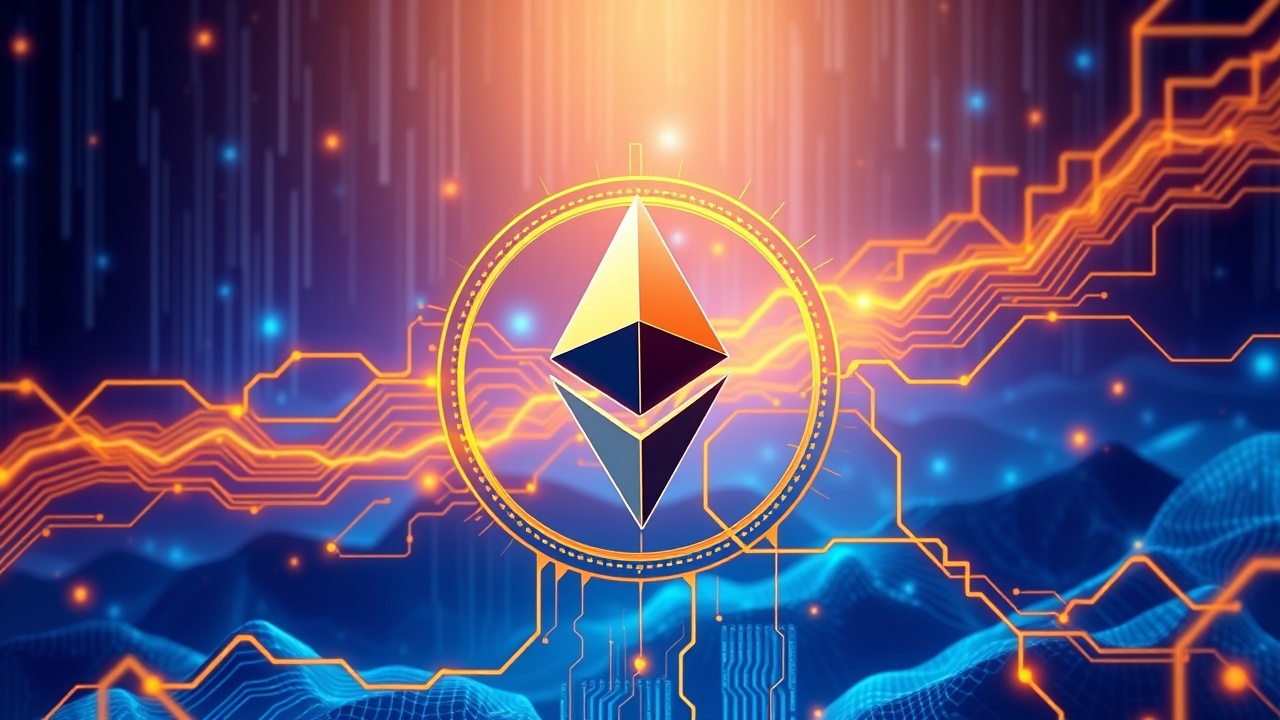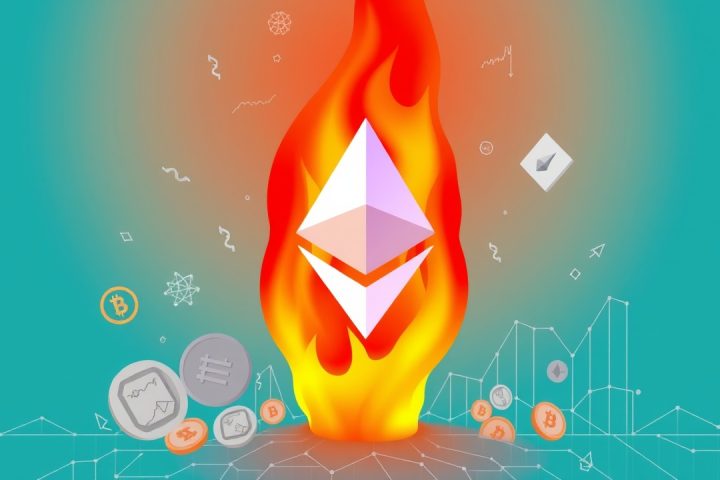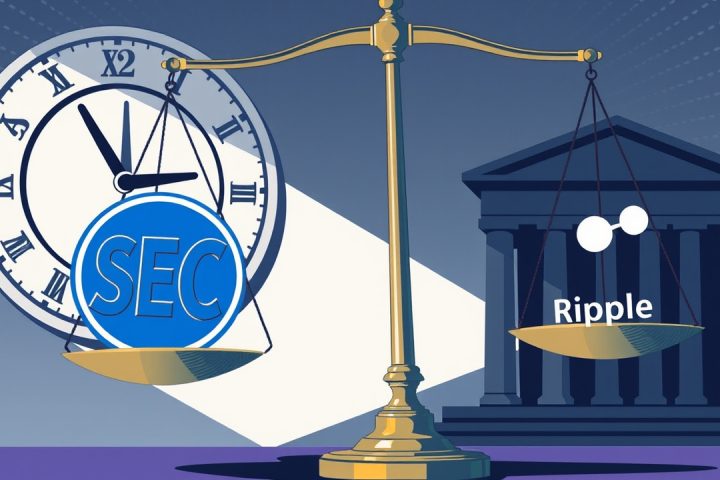Introduction to BRC-20 Token Standard Upgrade
In a significant advancement for Bitcoin, the BRC-20 token standard has launched its upgraded version, BRC2.0, at block height 912690 on Monday morning. This enhancement introduces Ethereum Virtual Machine (EVM) capabilities directly into the BRC-20 core indexer. Such functionality empowers developers to create Ethereum-style smart contracts on the Bitcoin network, eliminating the need for bridges, oracles, or other intermediaries.
Transformative Impact on Bitcoin-Native Tokens
The integration marks a transformative moment for Bitcoin-native tokens, making BRC-20 assets more composable and interoperable with other EVM-compatible chains and scaling solutions. Best In Slot, a prominent player in the Ordinals ecosystem, partnered with the pseudonymous BRC20 creator Domo and the Layer 1 Foundation, which oversees the protocol, to bring this upgrade to fruition. Eril Binari Ezerel, CEO of Best In Slot, described the evolution of the indexer using a calculator analogy, emphasizing that the upgrade has made BRC-20 a Turing-complete protocol.
Performance and Market Impact
Since its inception in early 2023, BRC-20 has recorded an impressive trading volume exceeding $3 billion without any venture capital backing or institutional aid. Even during a downturn in 2025, it maintained its leading status, tallying 5,636 BTC (approximately $633 million) in on-chain transactions in the past six months—more than twice that of Runes and almost fivefold the volume of conventional Ordinals inscriptions.
Broader Implications for Bitcoin-Native Assets
The addition of smart contract features significantly broadens the scope of Bitcoin-native assets, which have largely been relegated to meme coin trading and speculative activities due to Bitcoin’s prior limitations in programmability. Ezerel noted that the absence of decentralized applications (dApps) on Bitcoin has hindered the adoption of Bitcoin-native assets, often associated solely with meme culture. He articulated one of the primary objectives of BRC2.0 as enabling a diverse ecosystem akin to that of Ethereum on the Bitcoin infrastructure.
Trends in Bitcoin Protocols
BRC2.0 arrives amidst a growing trend toward programmability in Bitcoin protocols, noted in the rise of the WASM-based Alkanes standard, which captured nearly a third of all meta-protocol transactions in the third quarter. This raises questions about the state of the Bitcoin fungible tokens market.
Expert Insights on the Future of Bitcoin Assets
Asher Corson, Chief Investment Officer at Unbroken Chain—an early institution-backed liquid trading fund in the Bitcoin Ordinals ecosystem—commented on the prevailing challenges in the Bitcoin token market, dominated by meme coins. However, he expressed optimism that the addition of programmability and decentralized finance (DeFi) features could rekindle interest and potentially reallocate profits into inscriptions, possibly heralding a new bullish trend for Bitcoin assets.
Corson further elaborated on the distinctions between BRC-20 and Runes, emphasizing that while Runes lacks programmability and will likely remain limited to meme coins, the upgraded BRC-20 is poised to support robust DeFi applications. The EVM integration allows developers to create decentralized applications that leverage the security of Bitcoin while seamlessly interfacing with Ethereum’s toolkit, eliminating the reliance on wrapped tokens or bridges. Domo highlighted this synergy as an ideal solution, merging Bitcoin’s security and decentralization with the proven capabilities of the EVM, thereby providing users with a richer experience of composability and functionality, all within the secure realm of Bitcoin.




